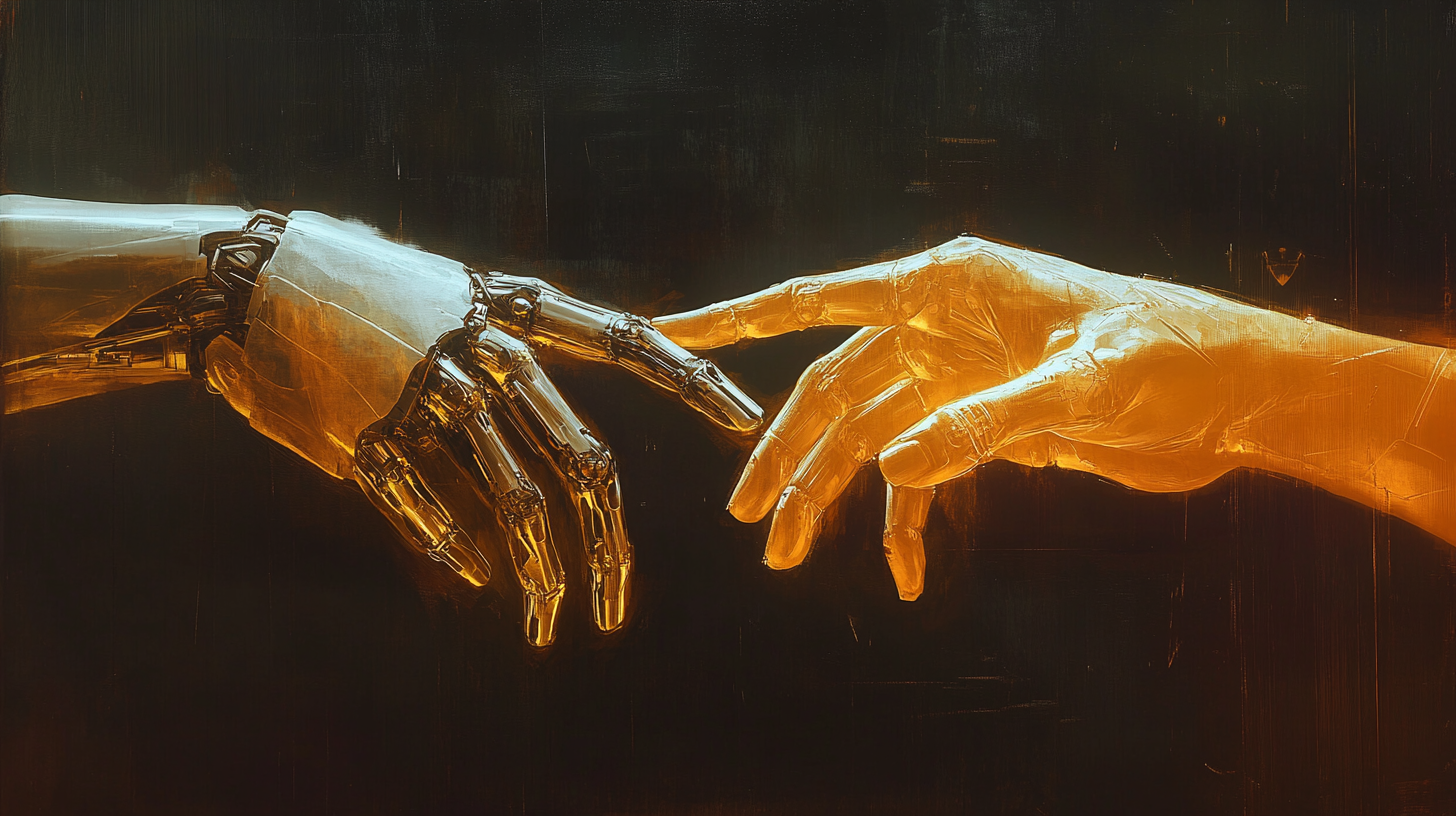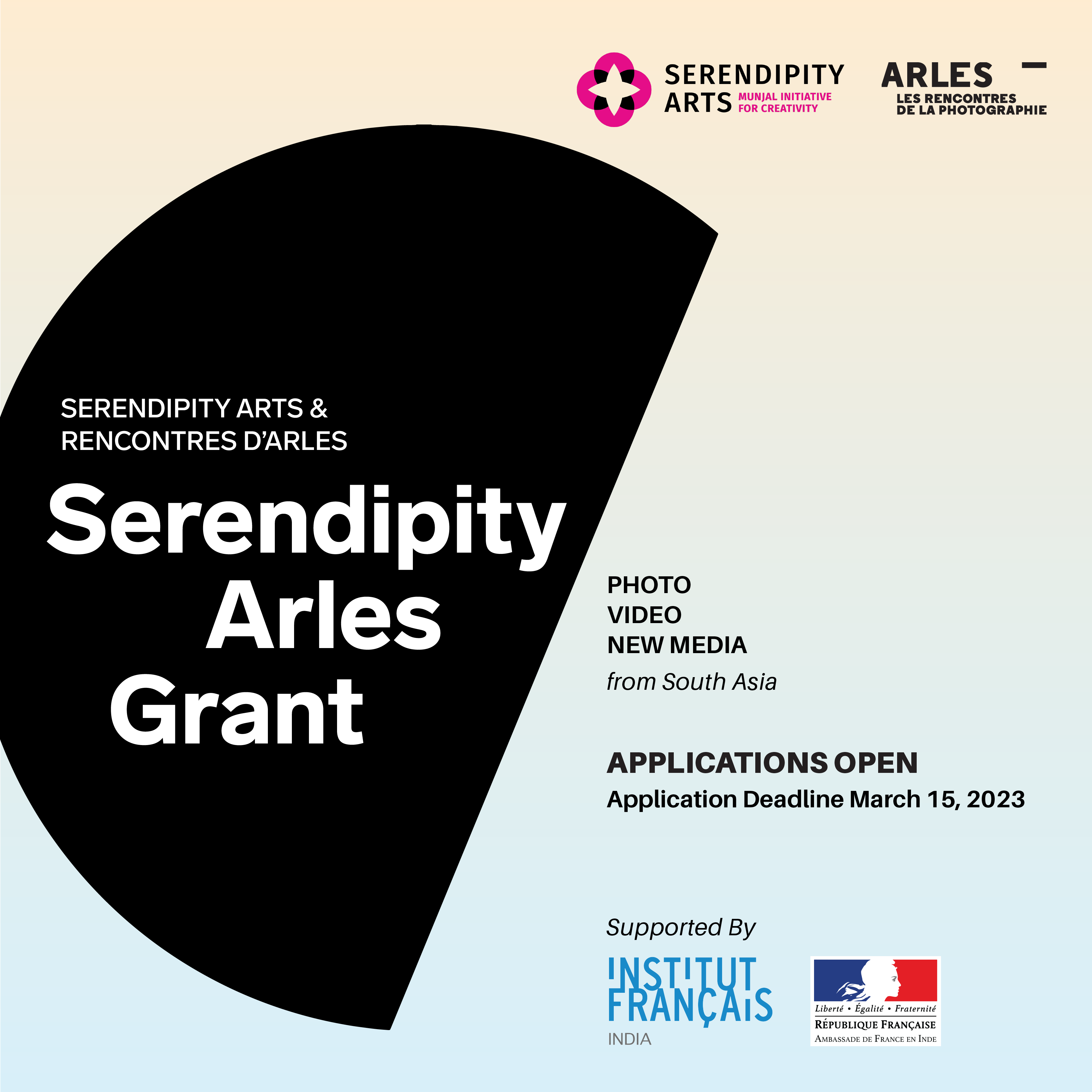On any given evening in the late 2000s or early 2010s, it would be rather difficult to spot my friends and I. Surely out of the house, we would be walking down the streets of our neighbourhood, without the slightest clue of how we would spend the next three hours. Badminton? Perhaps, if we had enough racquets. Hide and seek? At least one of us would be afraid of getting lost. Rest assured, we’d find something to do — or rather, find any reason to spend time with each other outdoors. Fast forward to my time in college, where to begin with, making new friends was a mammoth task. Wriggling out of the comfort zone, we all worked our way through awkward initial conversations, dinners and more, till everyone settled in with their set of companions.
As time goes on, it becomes all the more apparent that making friends is not as simple as it once used to be. The daily functioning of lives gets in the way, priorities differ vastly, and making the effort to once more step out of our comfort begins to feel like a weighted task — often, being by yourself seems like the best option.
The formation of friendships and relationships has taken on new meanings in the modern day. Social media holds a lot of power to dictate this, but that’s about where most of us would draw the line. The internet and networking applications will coerce you to get out there, and at times, it may work. But once the one-time commitment is fulfilled, that tinge of loneliness sets in.
A conversing wearable AI pendant — Friend.
Tech entrepreneur Avi Schiffman brings AI into the conversation with his wearable pendant that has a simple task — to keep you company, talk to you, become a companion — and is aptly called Friend. The AI device, according to Schiffman, is no more and no less than just a friend — it is not meant to boost productivity or provide tools to manage work and/or life better. Evolved from an earlier version called Tab, which was more focused on productivity, Friend is Avi’s pared back device made to listen in, converse, and simply be there. It listens in to all that you say, and responds in the form of text messages. It is unornamented, and conveys its “real” nature through its straightforward tagline, “not imaginary”.
Loneliness is not a novel issue — the World Health Organisation estimates that one in four people experience social isolation, and that the “impact of loneliness on mortality is comparable to that of smoking, obesity, and physical inactivity.” Encouragement of socialisation has always been a nudge in the right direction, but the involvement of AI in this conversation, in 2024, is also not new. The film Her has been instrumental in exploring how humans are capable — and willing — to form relationships with virtual entities. But this relationship is contentious.
The tech and AI industry, and specifically Schiffman in this case, will tell you that AI and companionship — with accountability — will solve a large part of this innately human problem. Maybe it is possible — but the technology isn’t old enough for us to have concrete data, and is new enough to remain under scrutiny. As I read around to figure if there is an answer to this all — an all-encompassing, hard truth that will reveal whether AI can be a friend — I understand what I can best explain as treating a symptom, as opposed to treating a condition: “Right now, all the evidence points to having a real friend as the best solution,” says Murali Doraiswamy, MBBS, FRCP, professor of psychiatry and geriatrics at Duke University. “But until society prioritises social connectedness and elder care, robots are a solution for the millions of isolated people who have no other solutions.”
As a layperson, it makes me wonder whether AI companionship tools such as Friend are the easy way out of a dire situation for humans. Schiffman received USD 2.5 million in funding for Friend, and spent USD 1.8 million of it on the domain, friend.com. Would that amount of money have done good if invested in initiatives that foster social inclusivity, such as housing, third spaces, and more? In conversation with author and sociologist at New York University, Eric Klinenberg, The New York Times notes, “[To] help lonely and isolated people, we should be investing in things like collaborative housing, parks, libraries and other kinds of accessible social infrastructures that can help people of all ages build connectedness.”
Friend’s rather well-made reveal video takes us through run-of-the-mill friendships, where the user converse with it about regular things — falafels, video games, being outdoors. It is this normalcy — where ideally, experiences which must be shared with humans, are replaced by an all-hearing pendant — that sticks out. Research does show that AI can stimulate human interaction and aid people in gaining confidence, but it is perhaps too early to tell whether it is the right — or best — tool to use. What’s left to understand is whether this approach deepens the wish to only use AI as a reliant friend. Much like social media, will this too encourage communication on a macro scale, but isolate further on an individual level?
Friend is also always listening. Privacy, then, is a tall-order issue, given the larger conversation that surrounds it. Schiffman’s tool claims that the company itself does not store the audio and that it is encrypted. But those who are able to tackle a beast as large as loneliness with Friend perhaps rank privacy as a weaker being. In fact, every other challenge may not seem as important — it may be an easy trade for a friend with no history, no trauma, and no need to keep up with the modern world.
An interpretation of the popular painting, The Creation of Adam.
Leaping past a requirement as big as productivity — which the world seems to be on a mission to maximise — Schiffman returns to the root of human needs and addresses it with a clean, light and easy-to-use tool. Our necessity to interact, share thoughts, express emotion, and importantly, forming a bond, is inherent. Whether AI is our all-encompassing answer to address this need, remains to be seen.
At the end of the reveal video, a user of Friend hesitates to use her device in the company of a human companion beside her — making the message clear: Friend is not here to replace humans. There is a vast valley between one’s intended aim, and the aim that the real world ultimately fulfils — the answer to whether a tool such as Friend is the solution to combating loneliness with tech, lies somewhere in between.
Words by Meghna Mathew.







